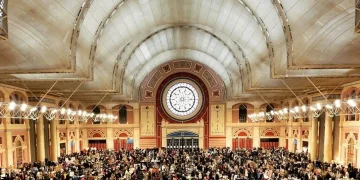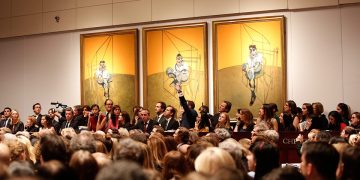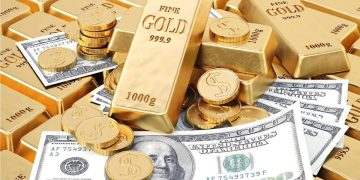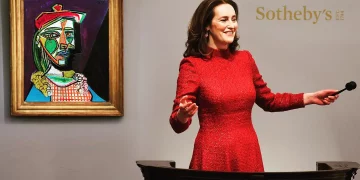In recent years, auction prices for rare collectibles have garnered significant attention. Items such as rare sports memorabilia, vintage cars, fine art, and limited-edition luxury goods often fetch extraordinary prices at auction houses. However, the question remains: Are these auction prices truly reflective of the broader market trends, or are they the result of more localized factors such as individual buyer interests, auction competition, or short-term market fluctuations? This article aims to explore how current market trends influence auction prices for rare collectibles, shedding light on the complex dynamics between supply, demand, and market sentiment in the auction world.
The Auction Landscape: A Snapshot
Auctions have long been one of the primary means of buying and selling rare and valuable items. Traditionally, these sales were held in physical auction houses, where interested buyers would compete for items in a live bidding process. Over the years, the rise of online auction platforms has revolutionized the industry, opening up access to a broader global market and expanding the pool of potential buyers.
The types of items sold at auction vary widely, but some categories have become particularly well-known for their high price tags. These include fine art, rare wines, luxury watches, sports memorabilia, rare books, and classic cars. In many cases, the auction price for a specific item can far exceed its estimated value, surprising both collectors and industry experts.
The Impact of Market Trends on Auction Prices
At the heart of the auction price setting process lies the interaction between supply and demand. The question arises, how do broader market trends impact this dynamic? To answer this, it is important to look at both macroeconomic trends as well as sector-specific developments.
1. Macroeconomic Trends: The Economic Environment
One of the most important factors influencing auction prices is the overall economic environment. During periods of economic prosperity, individuals and institutions are more likely to have disposable income, which can lead to an increase in demand for luxury goods and collectibles. On the other hand, during times of economic uncertainty or downturns, such as recessions, consumer confidence drops, and auction prices can fall as fewer buyers are willing to spend on high-end, non-essential items.
For example, in the wake of the 2008 financial crisis, many auction houses reported significant declines in sales of rare collectibles. Conversely, during periods of strong economic growth, such as the post-pandemic recovery in 2021, auction prices for luxury items surged as collectors sought to invest in tangible assets. Market confidence plays a significant role in the willingness of buyers to engage in auctions, and this confidence is heavily influenced by broader economic conditions.
2. Inflation and the Value of Money
Inflation is another critical economic factor that can affect auction prices. As the value of money decreases, rare collectibles can be seen as a hedge against inflation. Investors often turn to high-value assets like art, luxury watches, and vintage cars during inflationary periods, which drives up demand at auctions. In fact, certain categories of collectibles, such as fine art, have historically outpaced inflation, making them attractive to investors seeking to preserve or grow their wealth.
Additionally, fluctuations in currency exchange rates can impact international buyers’ ability to participate in auctions. If a buyer’s home currency weakens against the currency in which an auction is conducted, the cost of an item may become significantly higher for them, thus influencing their bidding behavior.
The Role of Supply and Demand in Auction Prices
While macroeconomic factors play a large role in auction pricing, the interplay of supply and demand specific to the collectible market is also crucial. The rarity and uniqueness of an item, the reputation of the seller, and the provenance of the item all contribute to how much a buyer is willing to pay. Let’s examine how these factors work within various categories of collectibles.
1. Fine Art
Fine art auctions are a prime example of how both market trends and individual factors intersect to determine prices. The value of a piece of art can be influenced by a variety of market trends, including shifting tastes, the popularity of specific artists, and the overall health of the art market. For instance, during periods when contemporary art is highly in demand, artists who create work within that genre will see their auction prices increase. Similarly, the rise of new art forms or cultural movements can cause previously overlooked artists or works to become highly sought after.
However, factors such as the provenance (the history and ownership of the piece) and condition of the artwork can also dramatically impact the auction price. Provenance, especially for works that have been owned by prominent figures or institutions, can add tremendous value to the item. As a result, even during market downturns, works by famous artists like Picasso, Van Gogh, or Rembrandt may fetch significant sums due to their historical significance and enduring demand.
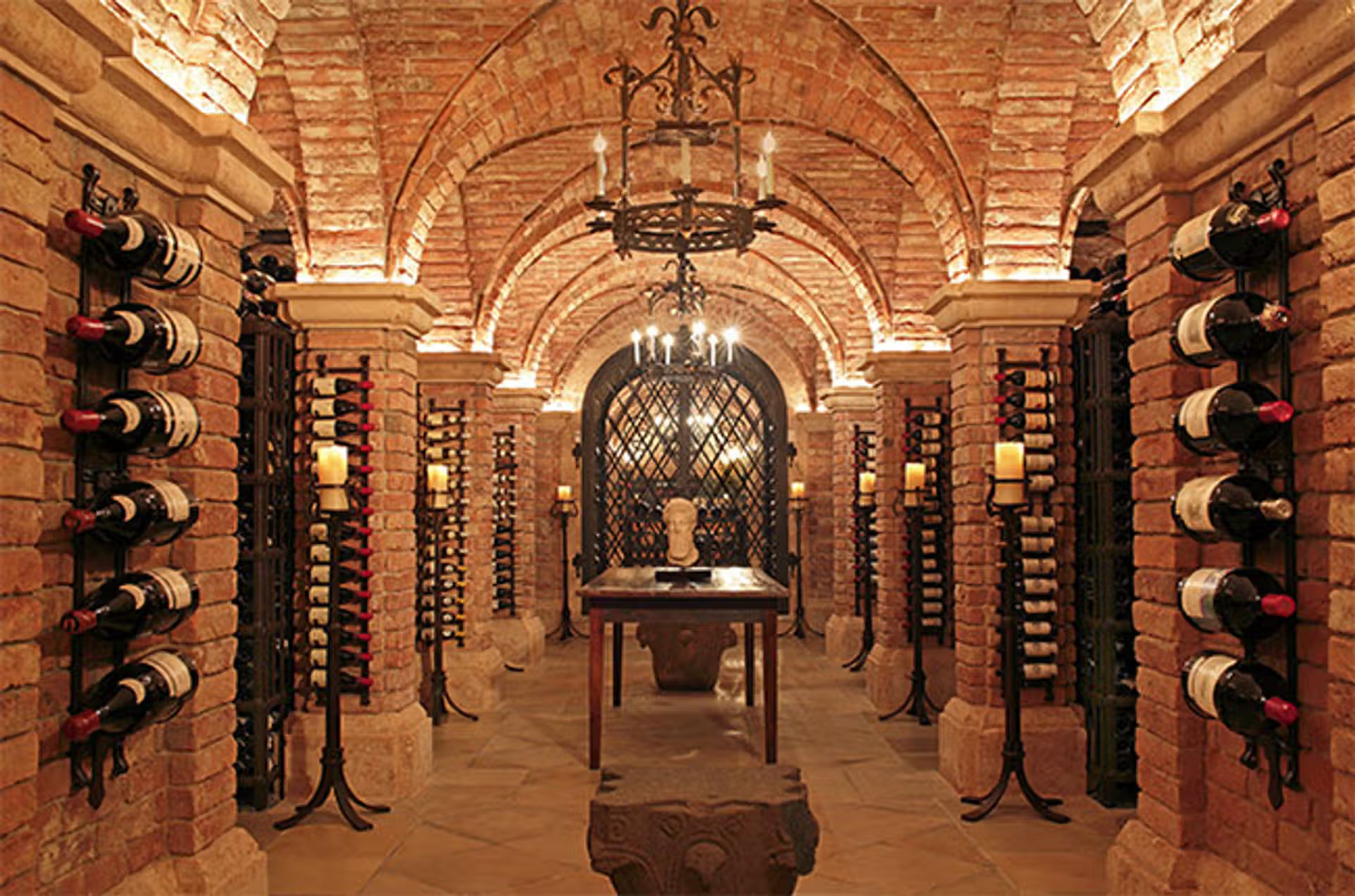
2. Sports Memorabilia
The world of sports memorabilia is another area where auction prices are highly responsive to market trends. As the global sports industry continues to grow, driven by media rights deals, merchandise sales, and the increasing popularity of digital and esports platforms, the demand for sports collectibles also rises. High-profile auctions for rare items such as game-worn jerseys, autographed items, and championship rings are often fueled by intense competition among collectors and investors seeking to own a piece of sporting history.
Market trends such as the resurgence of interest in certain sports (e.g., the rise of soccer’s global popularity or the continued dominance of the NBA) or individual athletes (such as the market value of memorabilia related to Michael Jordan or LeBron James) can cause auction prices to spike. The market for these items can also be influenced by shifts in sports media, where increased visibility of a particular sport or player can lead to a surge in demand.
3. Vintage Cars
The vintage car market is one that has witnessed dramatic price fluctuations over the years. Factors such as limited production numbers, historical significance, and the enduring appeal of certain car brands contribute to the high demand for rare automobiles. Market trends can influence these auctions as well. When interest in classic cars surges, such as with the rise of car restoration shows and documentaries, prices for these vehicles can rise accordingly.
For example, vintage Ferraris, Porsches, and other luxury brands have consistently performed well at auction, with rare models fetching millions. However, changes in trends—such as growing environmental awareness or the shift toward electric vehicles—can also alter the trajectory of the classic car market. As collectors and investors increasingly seek out environmentally friendly alternatives, some classic car prices may plateau or even fall.
Short-Term Factors that Influence Auction Prices
While long-term market trends are important, short-term factors such as auction timing, competition among bidders, and marketing strategies can also play a role in determining the final sale price.
1. The Influence of Auction Houses and Marketing
Auction houses themselves play a significant role in setting the tone for bidding activity. A well-curated auction, with carefully chosen lots and high-quality marketing, can attract more buyers and lead to higher prices. Auction houses such as Sotheby’s, Christie’s, and Bonhams have established reputations that help create demand for rare items. Their marketing strategies, including preview events and catalog publications, can help build anticipation for an auction and drive up interest in specific lots.
2. Bidding Wars and Rare Opportunity
In some cases, auction prices may be influenced by the competitive nature of the bidding process. When an item is particularly rare or desirable, it can lead to bidding wars, where multiple collectors or investors vie for ownership. This competitive environment can drive prices far beyond initial expectations. Similarly, if an item is offered at auction for the first time after being held privately for many years, the scarcity of the opportunity may lead to a bidding frenzy.
Conclusion: A Complex Relationship
The relationship between auction prices and market trends is complex, with both long-term and short-term factors at play. Broad economic conditions, such as inflation and economic growth, influence the willingness of buyers to spend on luxury goods. At the same time, sector-specific trends and individual factors, such as the rarity of an item, the reputation of the seller, and the marketing surrounding an auction, also play significant roles in determining final prices.
For collectors, investors, and enthusiasts, understanding the interplay between market trends and auction prices is crucial for making informed decisions. As the auction market continues to evolve, staying abreast of these trends will allow individuals to navigate this fascinating world with a deeper understanding of the forces at play.













